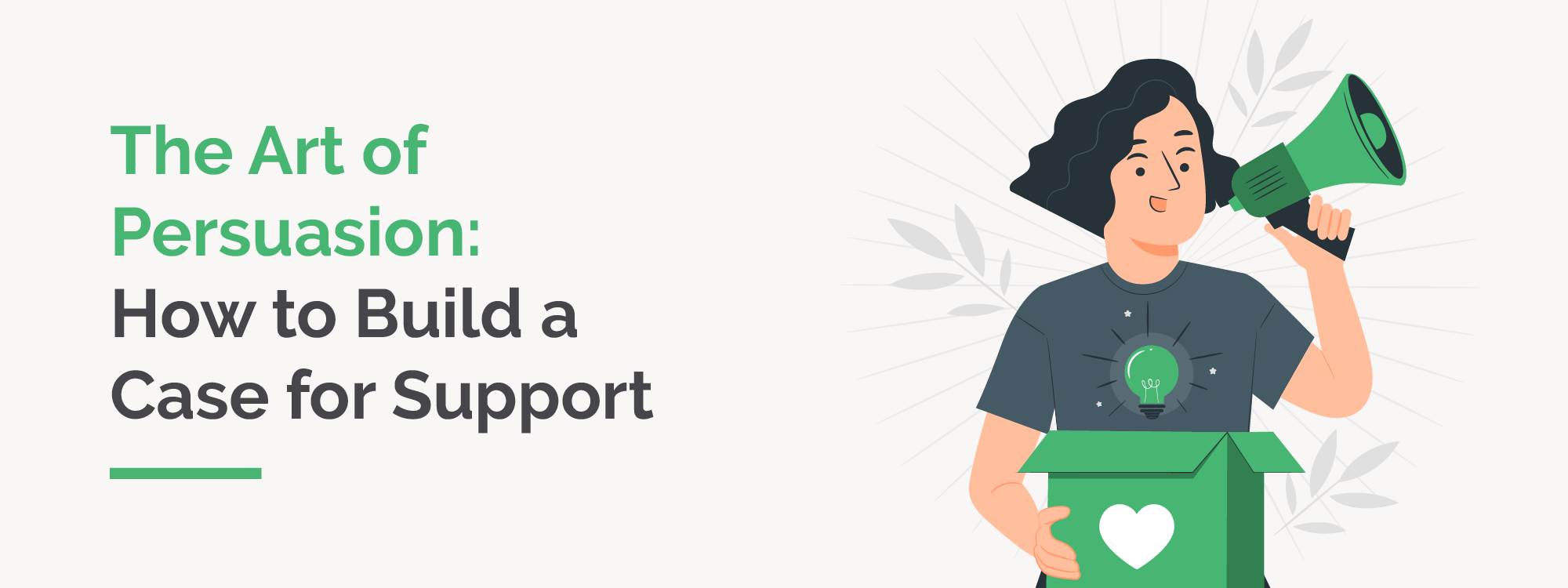
The Art of Persuasion: How to Build a Case for Support
Convincing an audience to take any kind of action requires making…
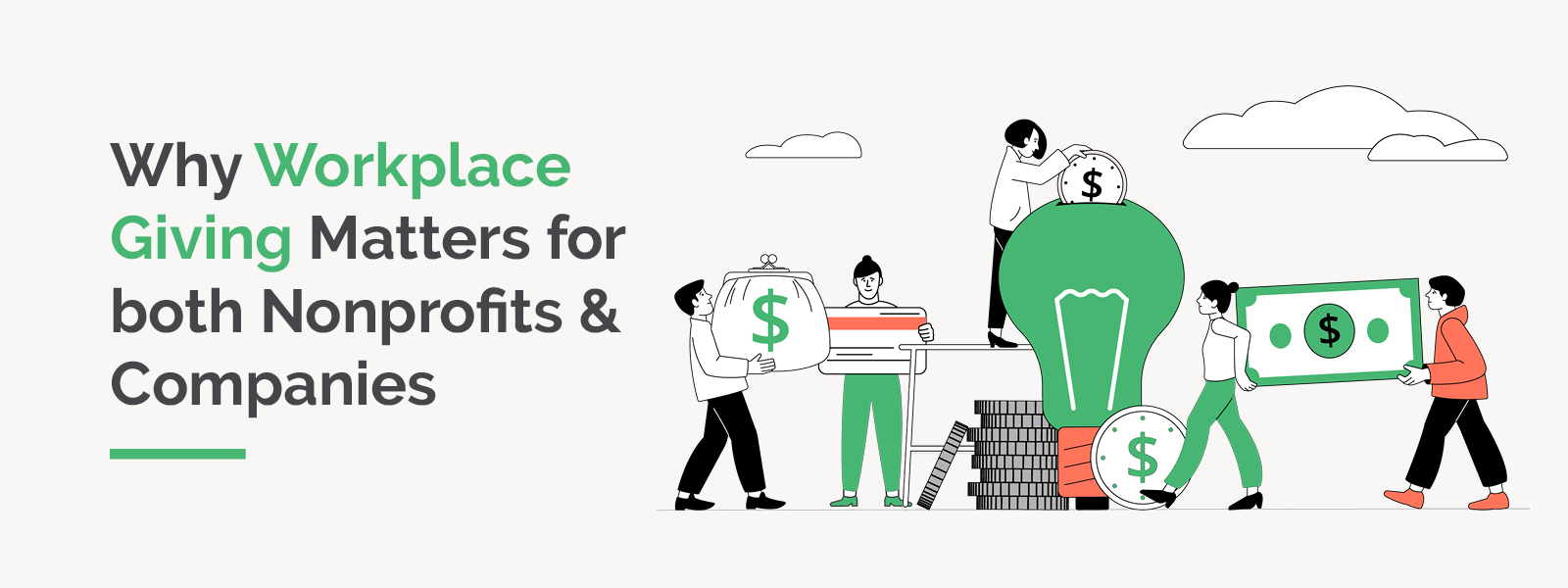
Why Workplace Giving Matters for Nonprofits + Companies
Today, companies are diving deep into social good causes…
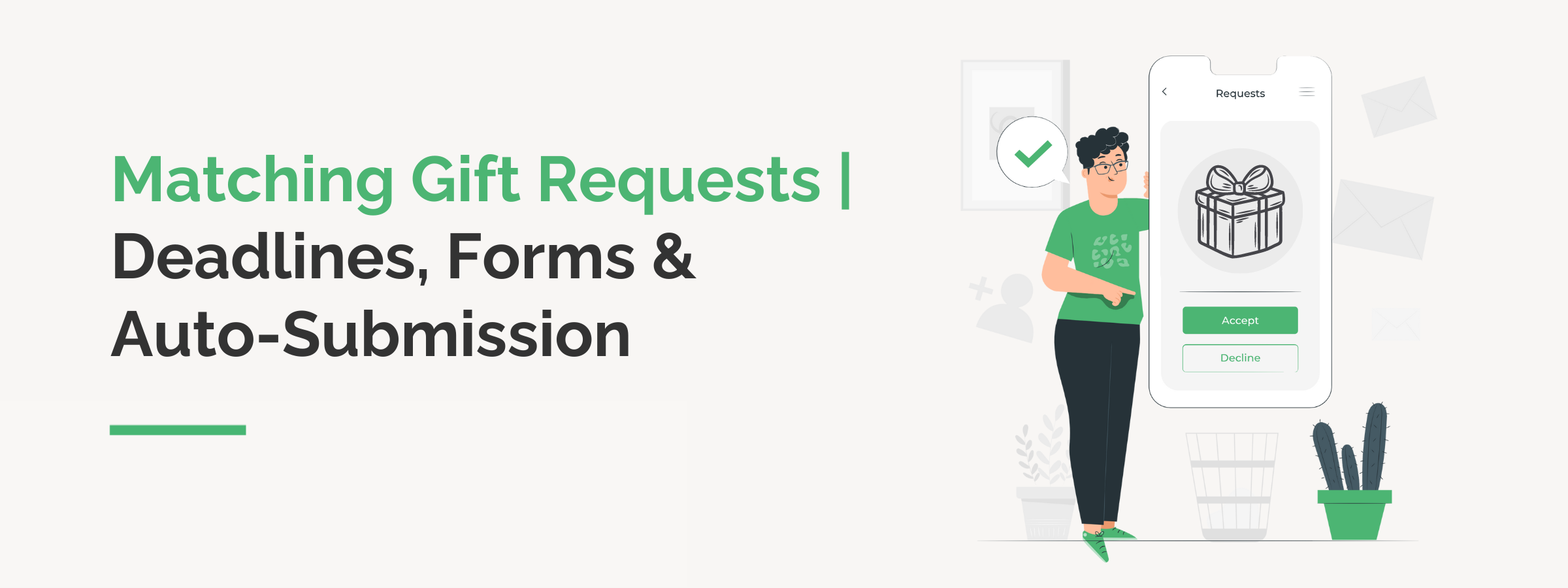
Matching Gift Requests | Deadlines, Forms & Auto-Submission
You likely have a number of matchable donations in your CRM at…
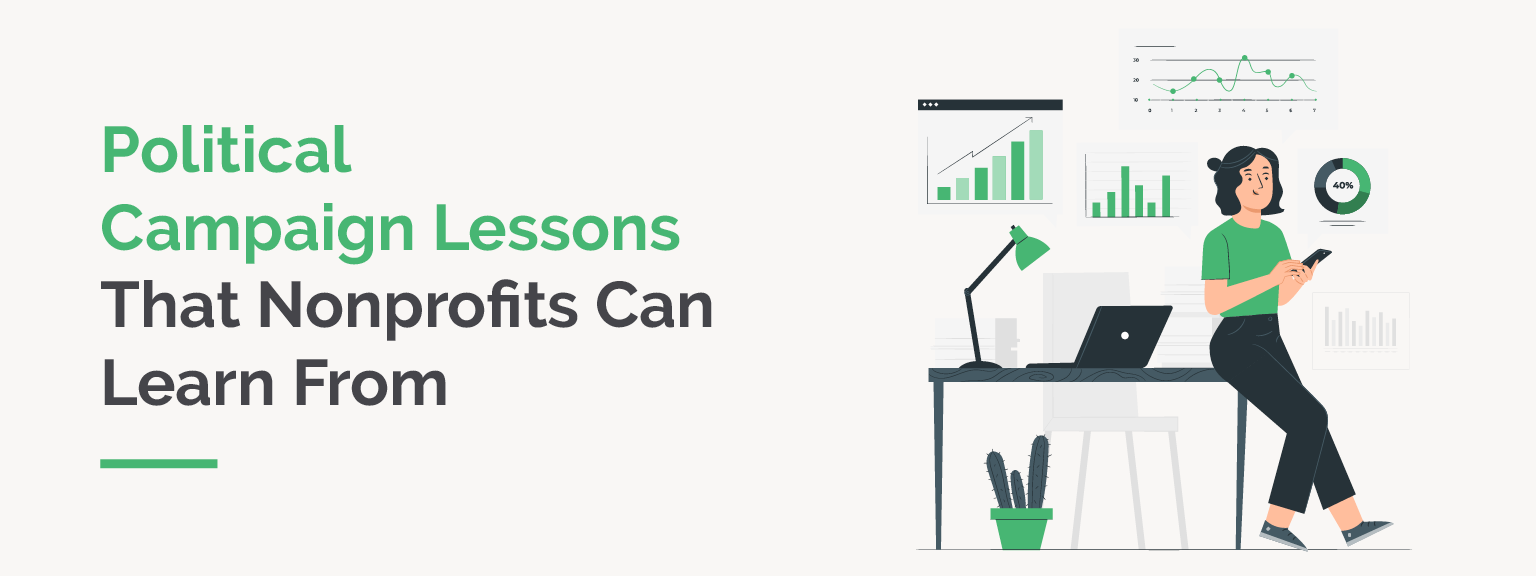
5 Political Campaign Lessons That Nonprofits Can Learn From
In major election years, political campaigns are at the top of…
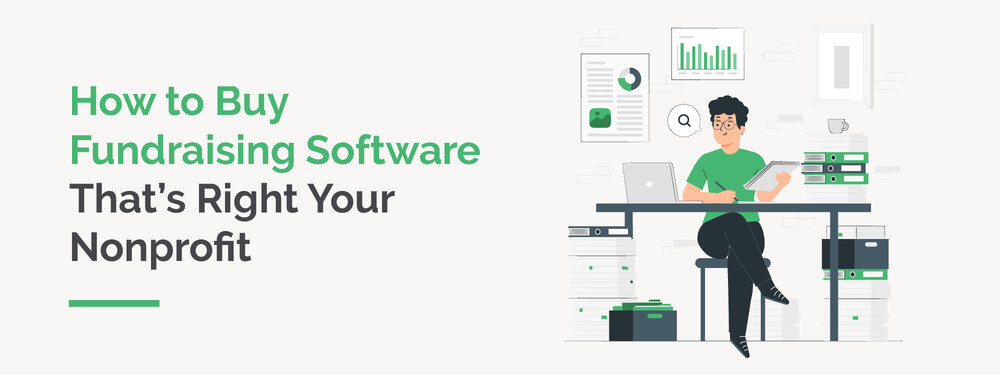
How to Buy Fundraising Software That’s Right For Your Nonprofit
Digital fundraising is crucial in today’s nonprofit landscape.…
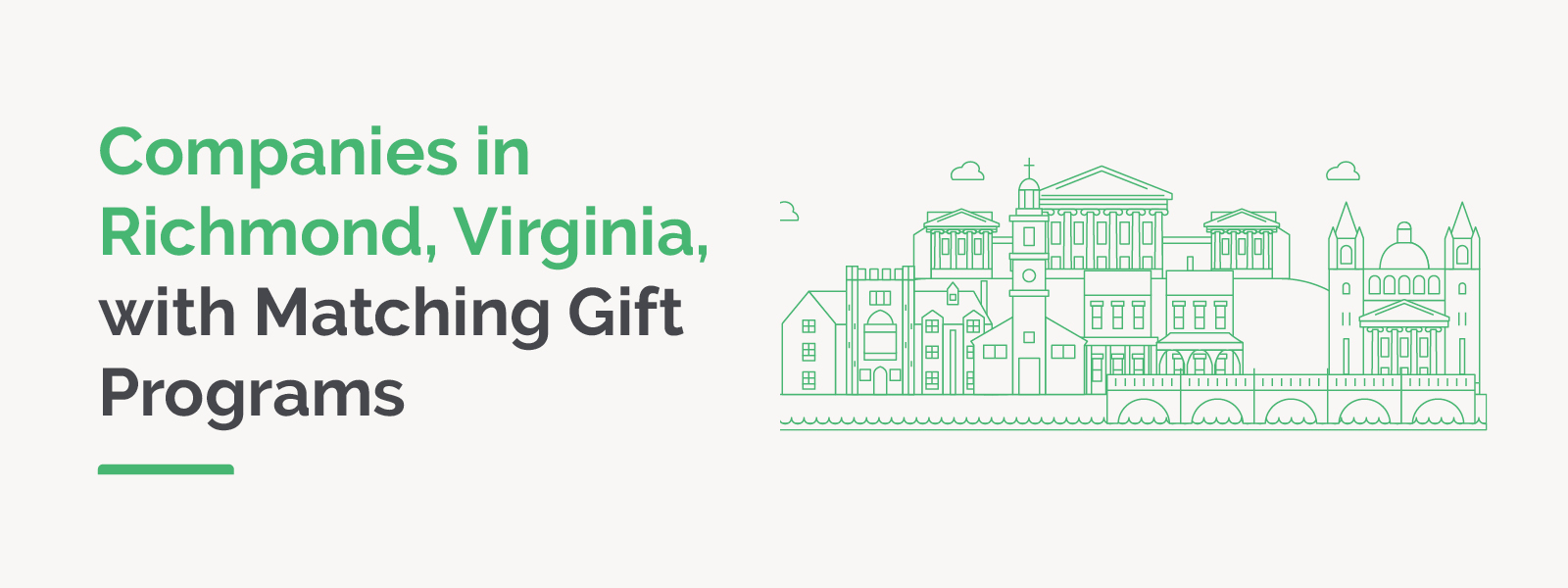
Companies in Richmond, Virginia with Matching Gift Programs
We at Double the Donation partner with nonprofits to increase…
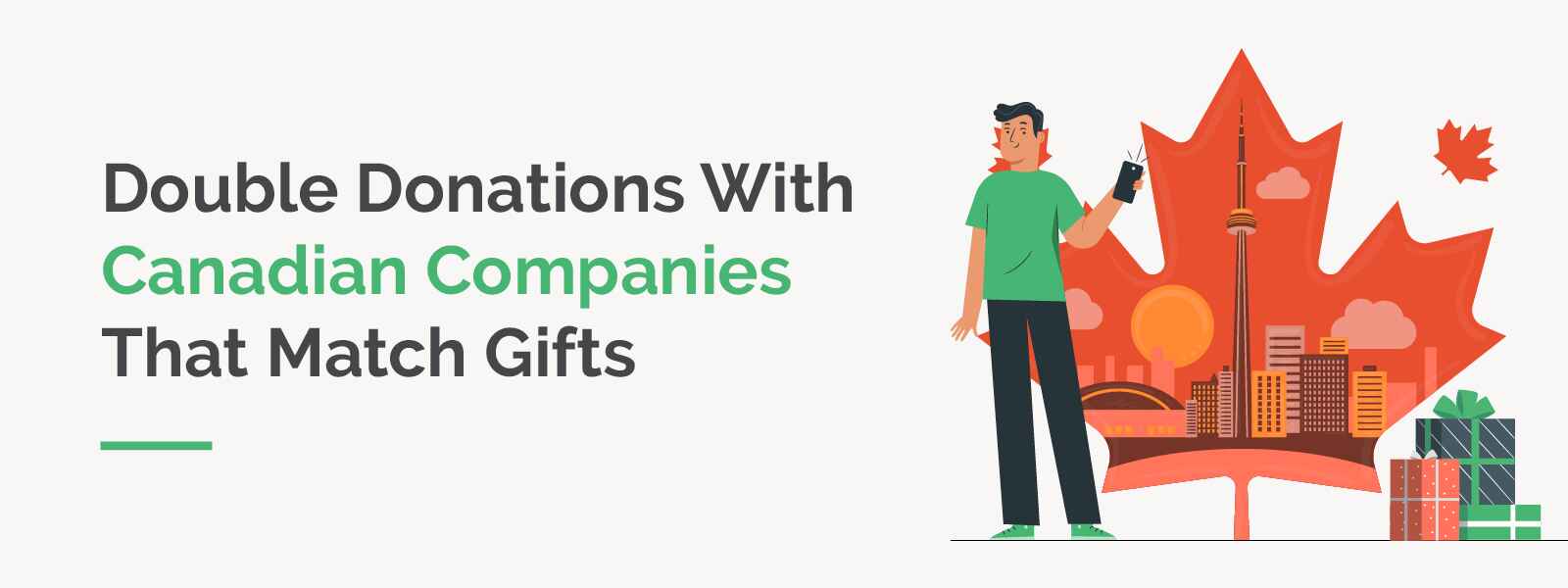
Double Donations With Canadian Companies That Match Gifts
Matching gifts play a large role in many nonprofits’ fundraising…
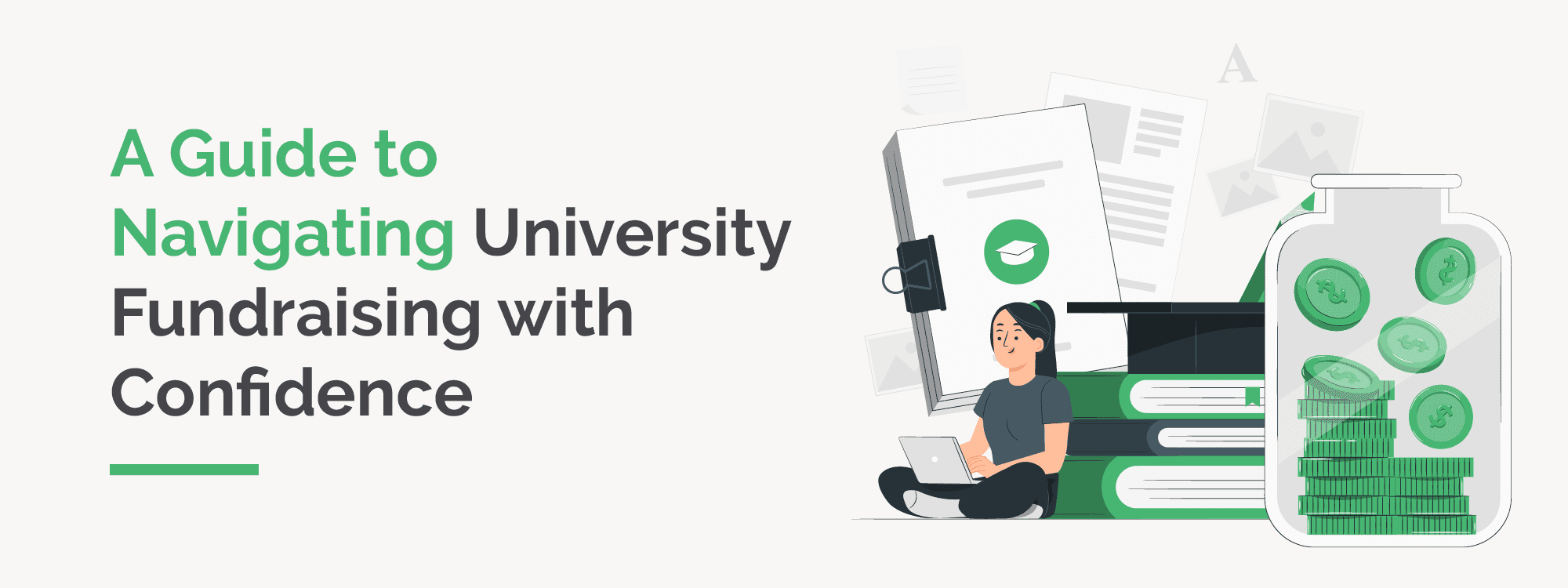
A Guide to Navigating University Fundraising with Confidence
Fundraising is the backbone upon which universities are built,…
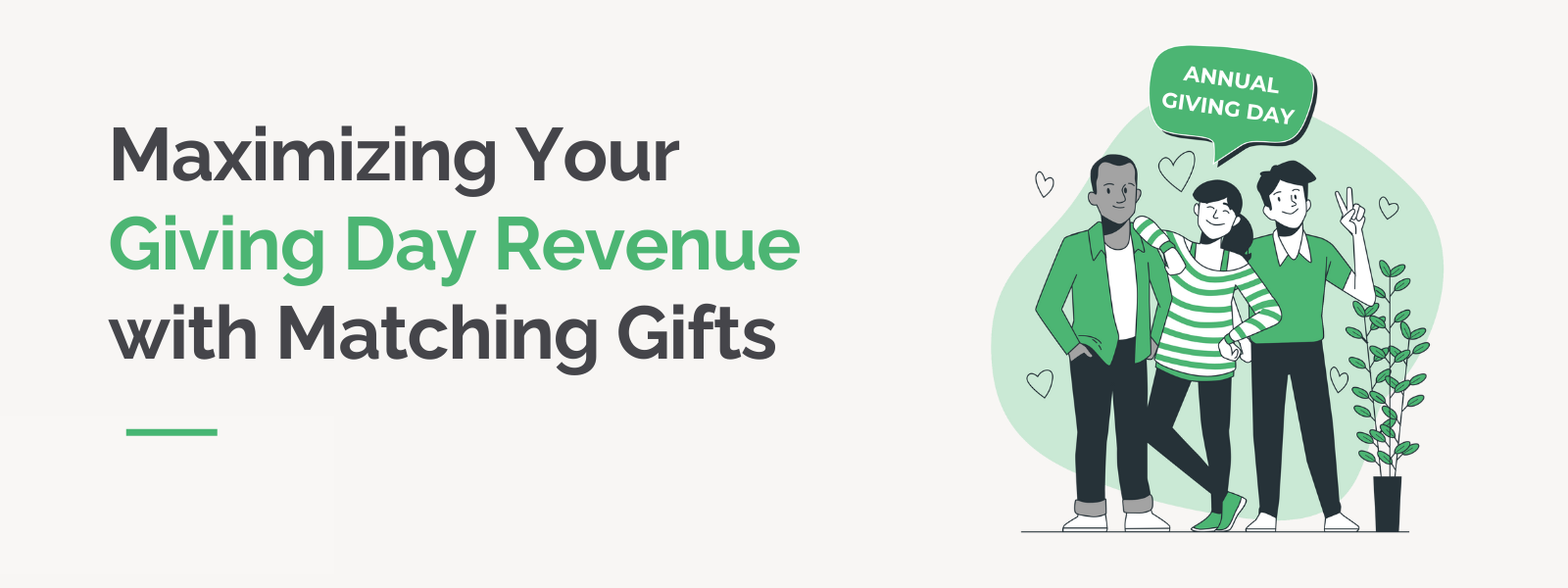
Maximizing Your Giving Day Revenue with Matching Gifts
Hundreds of institutions are gearing up for their yearly Giving…
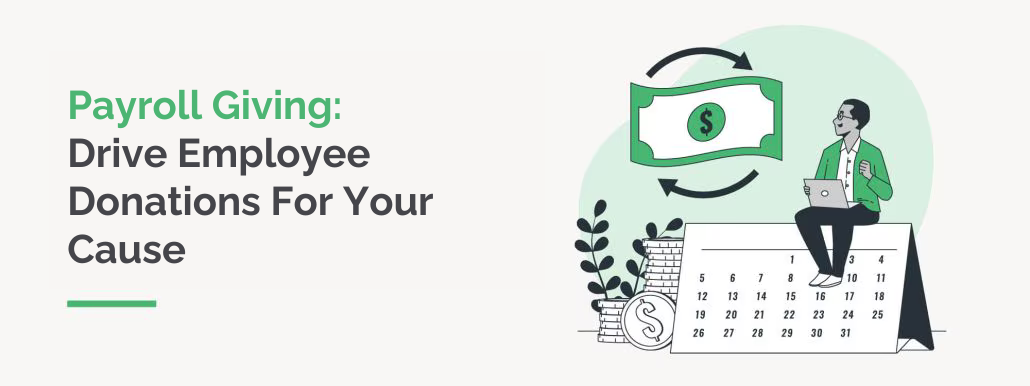 https://doublethedonation.com/wp-content/uploads/2024/02/DTD_Payroll-Giving-Drive-Employee-Donations-For-Your-Cause.png
386
1030
Adam Weinger
https://doublethedonation.com/wp-content/uploads/2025/11/DTD-horizontal-logo-300x63.png
Adam Weinger2024-02-06 20:35:302025-11-19 06:13:11Payroll Giving: Drive Employee Donations For Your Cause
https://doublethedonation.com/wp-content/uploads/2024/02/DTD_Payroll-Giving-Drive-Employee-Donations-For-Your-Cause.png
386
1030
Adam Weinger
https://doublethedonation.com/wp-content/uploads/2025/11/DTD-horizontal-logo-300x63.png
Adam Weinger2024-02-06 20:35:302025-11-19 06:13:11Payroll Giving: Drive Employee Donations For Your Cause
